As a busy professional, I often juggle multiple tasks and distractions that can easily derail my focus.
It’s not uncommon to struggle with maintaining concentration amid constant emails, meetings, and deadlines.
Finding effective techniques to sharpen my focus can make a significant difference in my productivity and overall well-being.
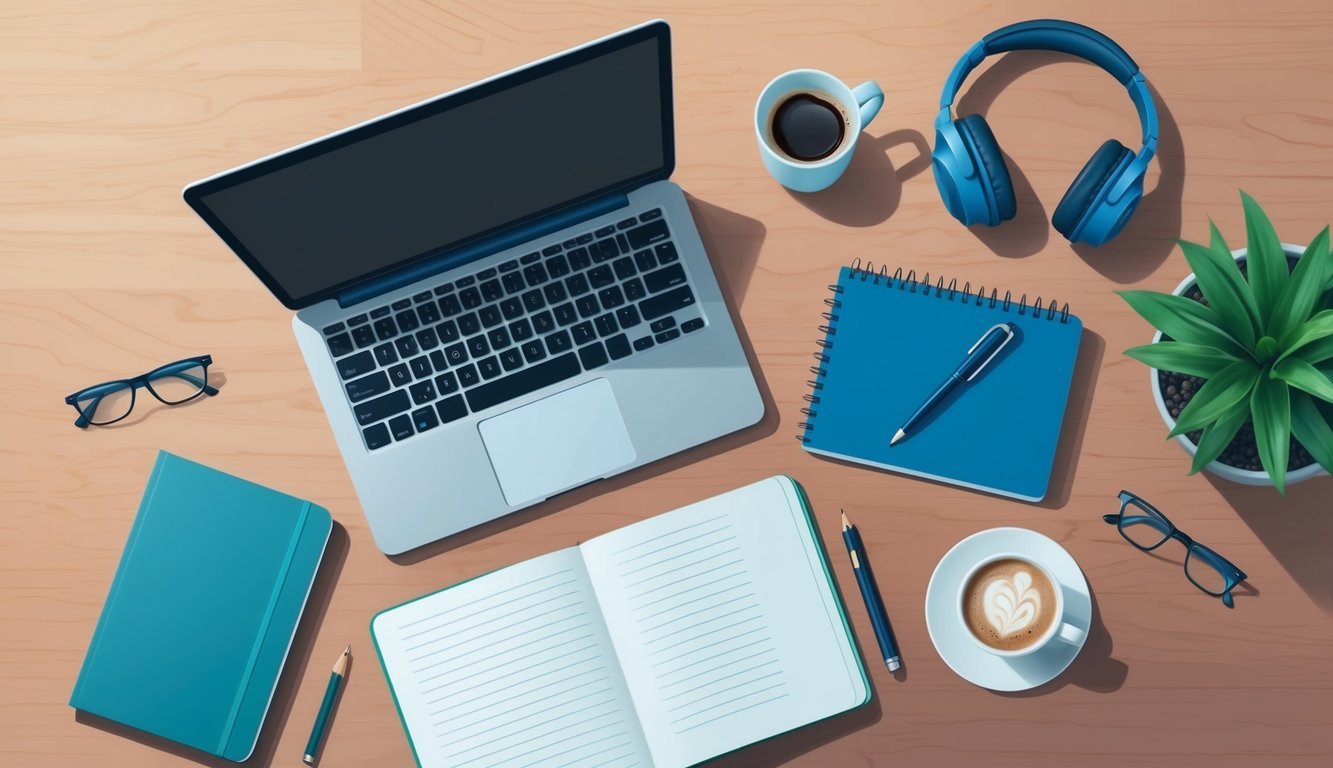
I’ve discovered that investing a little time into improving concentration can lead to huge benefits in my work life.
By implementing some straightforward strategies, I can enhance my ability to stay on task and make my workdays more productive.
Each technique is designed to help busy individuals like me tackle distractions and stay engaged in our responsibilities.
Mindfulness Meditation
I’ve found that mindfulness meditation is a great way to boost my concentration.
It’s all about being present and aware of my thoughts without judgment.
By focusing on my breath, I can bring my mind back whenever it wanders.
I start with just a few minutes each day to get into the groove.
I sit comfortably, close my eyes, and breathe deeply.
This simple practice helps me to declutter my mind and reset my focus.
Sometimes, I visualize an object, like an orange ball, to keep my mind anchored.
This technique makes it easier for me to stay concentrated on one thing at a time.
Over time, I’ve noticed that my ability to concentrate on tasks has improved significantly.
Mindfulness meditation not only enhances my focus but also helps me relax and handle stress better.
Pomodoro Technique
I find the Pomodoro Technique to be super helpful for staying focused.
It’s all about breaking work into intervals, usually 25 minutes long, followed by a short break.
This method keeps my mind fresh and avoids burnout.
When I start a Pomodoro, I pick one task and set a timer for 25 minutes.
During this time, I focus solely on that task until the timer rings.
Once it’s done, I mark off a Pomodoro and take a five-minute break to recharge.
After completing four sessions, I treat myself to a longer break of 15 to 30 minutes.
This helps me come back refreshed and ready to tackle the next round of tasks.
What I love most is its flexibility.
I can adjust the timing based on my energy levels or the tasks I have.
Whether I’m working on a big project or tackling emails, the Pomodoro Technique helps me stay organized and efficient.
3) Eisenhower Box
I’ve found the Eisenhower Box to be a game changer for my productivity.
This simple tool helps me prioritize tasks based on urgency and importance.
It divides my tasks into four categories, making decision-making straightforward.
First, I focus on what’s urgent and important.
These tasks go into the first quadrant, and I tackle them right away.
Then, I look at important but not urgent tasks, scheduling them for later.
This keeps me from feeling overwhelmed.
Next, I examine the tasks that are urgent but not important.
I try to delegate these when possible.
Lastly, any tasks that fall into the category of neither urgent nor important often get dropped or postponed.
By using the Eisenhower Box, I feel more organized and less stressed.
It’s all about clarity for me.
Each day feels less chaotic when I can visually sort my responsibilities.
This approach helps me stay focused on what really matters.
4) Brain.fm
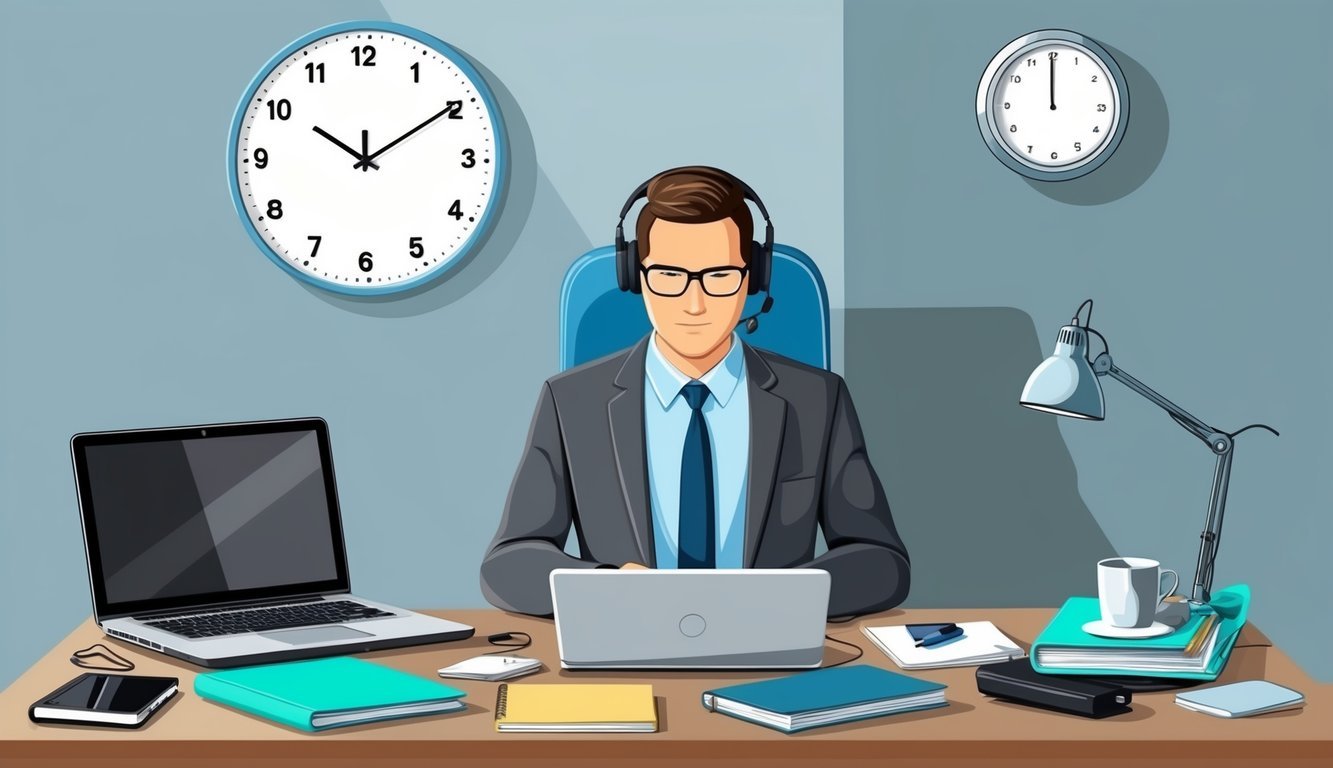
I’ve recently started using Brain.fm, and it has made a noticeable difference in my focus.
This platform provides music specifically designed to enhance concentration.
The tunes blend into the background, creating a distraction-free environment.
What I find particularly interesting is how Brain.fm uses rhythmic pulses in its music.
These gentle patterns help maintain attention over extended periods.
It’s refreshing compared to typical background music that can be distracting.
I’ve experienced sessions that last 30 minutes or longer, allowing me to dive deep into my work.
The variety offered means I can switch things up, keeping my routine fresh.
With just a few clicks, I can access countless tracks tailored for focus, relaxation, or even sleep.
It’s become a go-to tool in my productivity arsenal.
5) “The greatest glory in living lies not in never falling, but in rising every time we fall.” – Nelson Mandela

I find inspiration in Nelson Mandela’s words about resilience.
They remind me that setbacks are a part of life.
What truly matters is how we respond when things don’t go as planned.
When I’m in the thick of my work and facing distractions, I often stumble.
Instead of getting discouraged, I try to learn from those moments.
Each time I refocus, it becomes easier to concentrate.
Embracing failure as a stepping stone has transformed my approach to challenges.
Each misstep teaches me something valuable.
It’s about getting back up and trying again.
This mindset fuels my productivity.
By acknowledging my falls, I can rise stronger and more focused.
In a busy professional environment, that resilience is crucial.
It helps me maintain my concentration and keeps me moving forward.
6) Forest App
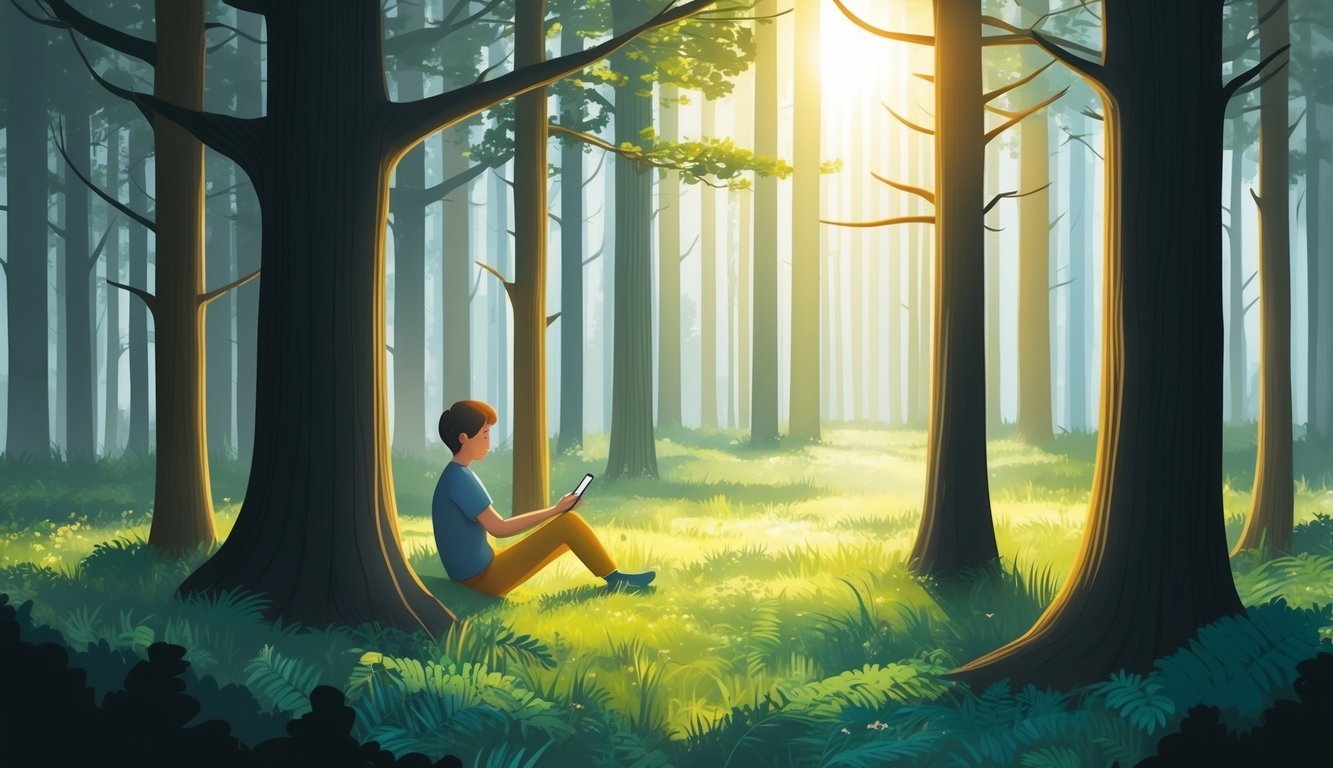
I’ve found the Forest app to be a game changer for my focus.
It uses a unique concept of planting virtual trees to track my concentration time.
When I stay focused, my trees grow; if I get distracted, they wither.
Using the Pomodoro Technique with Forest has helped me structure my work sessions.
I set my focus sessions for 25 minutes, followed by a 5-minute break.
This method balances productivity and rest, keeping me energized throughout the day.
I also appreciate the visual representation of my progress.
Each session adds to my growing virtual forest, serving as a great motivator.
The app even shows those trees that didn’t survive, reminding me to stay on task.
Integrating Forest with my to-do list has made managing tasks easier.
It’s simple to focus on one item at a time without getting overwhelmed.
This app not only helps me concentrate but also turns my hard work into something visually rewarding.
7) Deep Work by Cal Newport
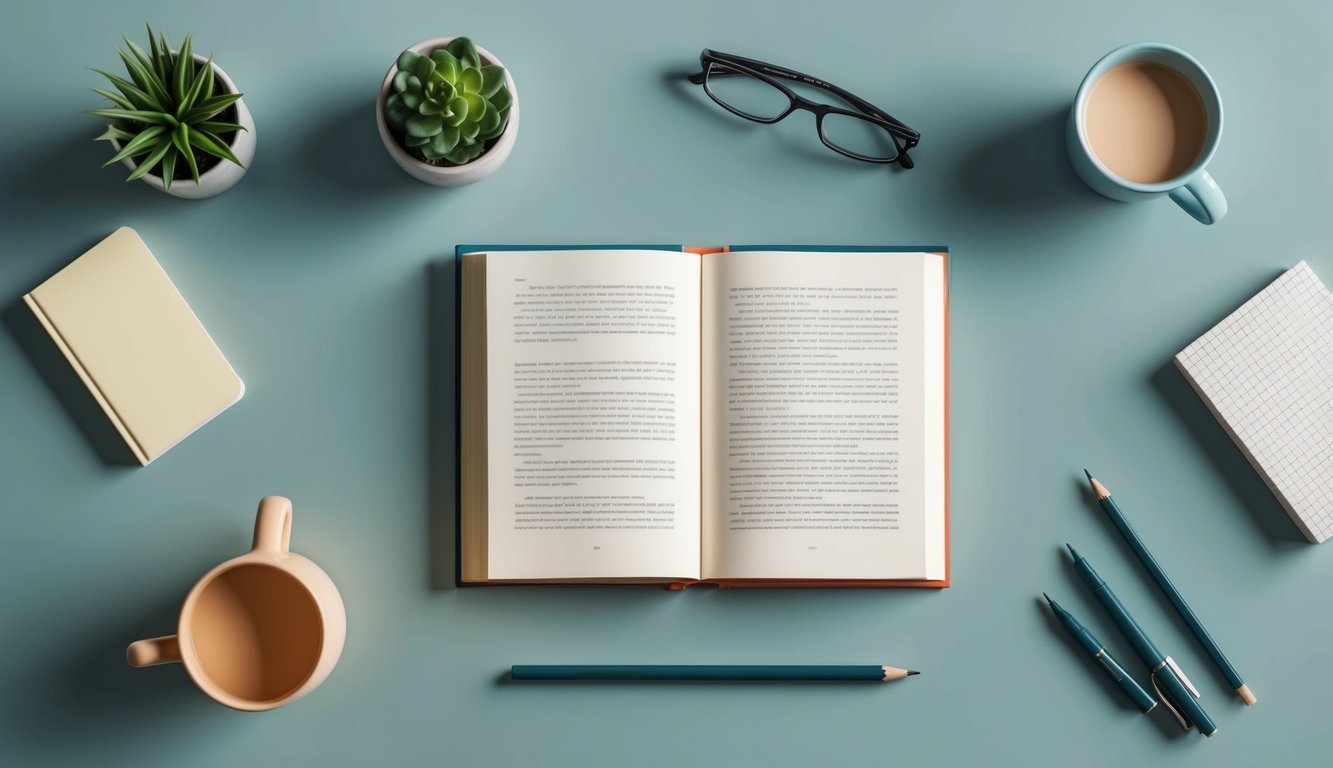
I find Cal Newport’s concept of “Deep Work” incredibly valuable for my focus.
In our distraction-heavy world, he argues that cultivating a deep work ethic can lead to significant success.
Newport emphasizes the importance of uninterrupted, concentrated work sessions.
These periods allow me to tap into my full cognitive capabilities.
When I dedicate time exclusively to challenging tasks, I often produce better results.
He breaks the process down into actionable strategies.
Creating a structured routine and minimizing distractions can help anyone achieve a deep work state.
Setting clear boundaries around work time has made a noticeable difference for me.
Additionally, Newport highlights the rarity of deep work in today’s environment.
By prioritizing this practice, I can stand out and enhance my productivity.
It’s about working smarter, not just harder.
Integrating deep work into my schedule has transformed how I approach tasks.
If I can focus deeply, I not only complete projects faster but also with greater quality.
This method is a game changer for busy professionals looking to boost their effectiveness.
Limit Multitasking
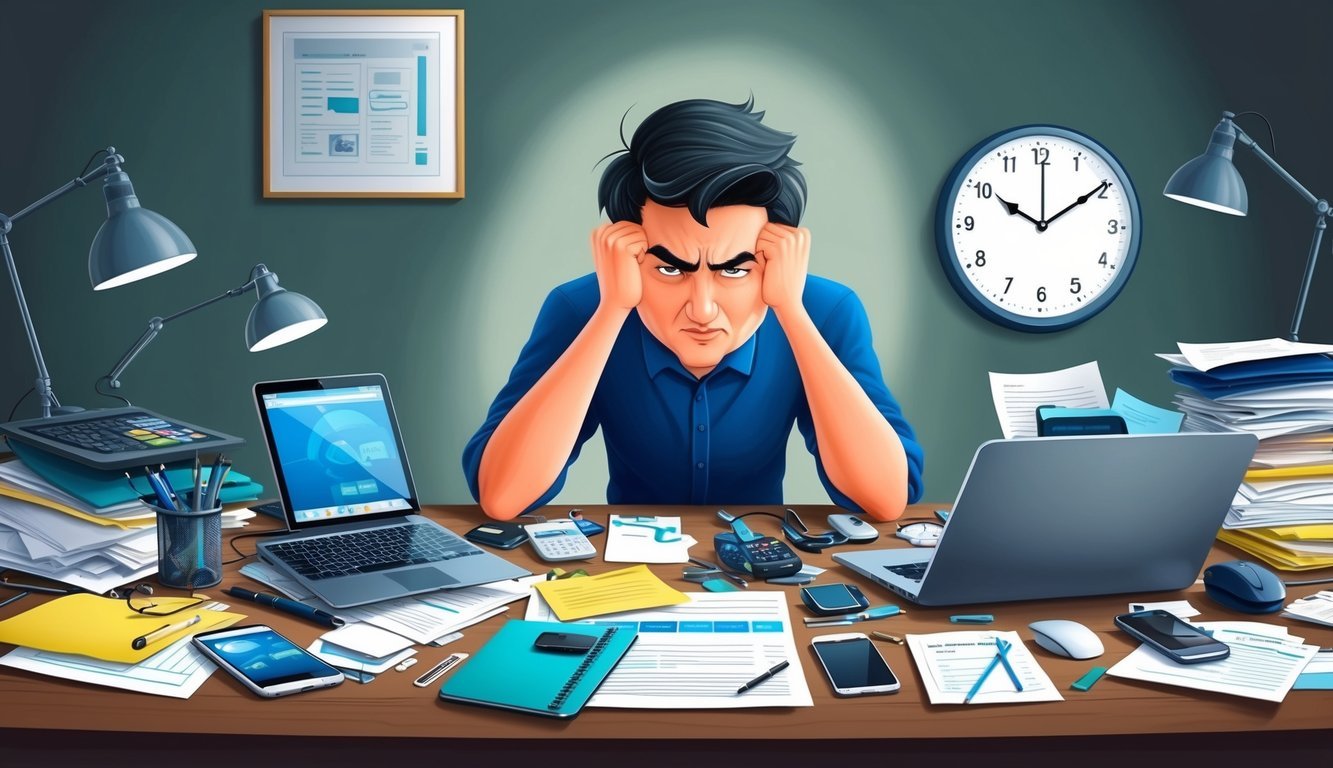
I’ve noticed that multitasking can be a real productivity killer.
It often feels efficient to juggle multiple tasks at once, but it tends to backfire.
When I switch between tasks, my focus takes a hit, and I end up making more mistakes.
Focusing on one task at a time helps me dive deeper into my work.
I can give my full attention to what I’m doing, which improves the quality of my output.
Plus, it’s easier to build momentum when I’m not constantly shifting gears.
Sometimes, I implement “focus times” where I turn off notifications and set a timer for deep work.
This technique creates a structured environment that supports concentration.
Once I’m in the zone, I find it much easier to stay productive.
Lastly, I remind myself that it’s perfectly okay to finish one task before moving on to the next.
Embracing this mindset has helped me increase both my efficiency and my satisfaction with my work.
9) Smart Breaks
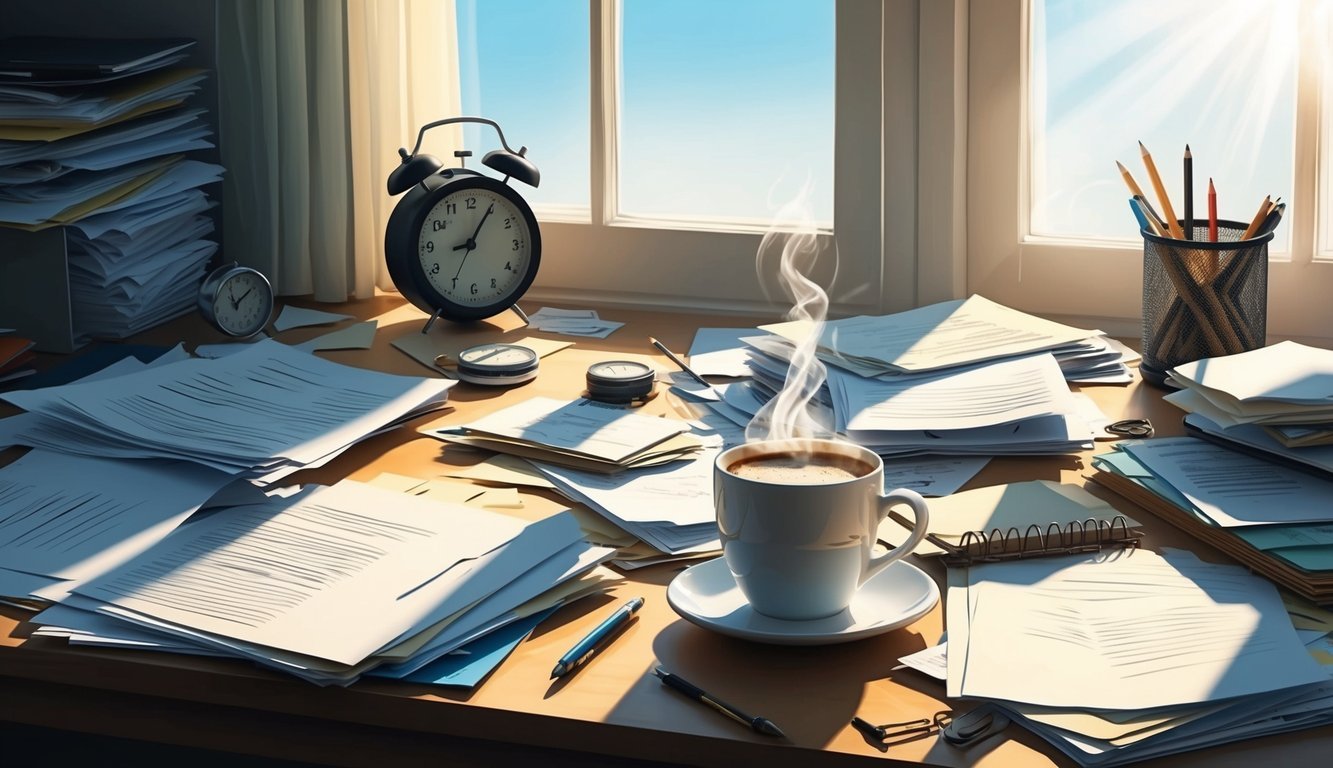
I’ve learned that taking smart breaks can significantly boost my concentration.
It’s not just about stepping away; it’s about how I do it.
When I take breaks, I try to do something different from my work.
Whether it’s stretching, a quick walk, or just grabbing a drink, changing my environment helps refresh my mind.
Timing matters too.
I often follow techniques like the Pomodoro method, where I work for 25 minutes and then take a 5-minute break.
This keeps me focused and prevents fatigue.
I also pay attention to how my body feels.
If I’m getting restless or my mind starts wandering, that’s my cue for a short break.
It’s amazing how a few minutes away can rekindle my focus.
Lastly, I remember not to skip these breaks, even when I feel busy.
It’s tempting to power through, but I find that those brief respites often lead to better performance in the long run.
Smart breaks make a real difference in my daily productivity.
Understanding the Impact of Focus

In my experience, focus plays a crucial role in how we perform and achieve our goals, especially in a busy professional environment.
Concentration affects not just productivity but also overall job satisfaction and efficiency.
The Science Behind Concentration
Research shows that our brains are wired to focus on one task at a time.
When I concentrate, my brain engages specific neural pathways that enhance cognitive function.
Techniques like mindfulness meditation can help retrain these pathways, leading to improved attention spans.
Regular practice allows me to manage distractions more effectively.
In addition, studies link physical activity to better focus.
When I exercise, increased blood flow to the brain boosts mental performance.
This connection between physical health and cognitive abilities is why I prioritize being active throughout my day.
Benefits of Improved Focus in Professional Life
Improved focus can significantly enhance my professional life.
With improved attention, I can tackle complex tasks more efficiently and make quicker decisions.
This often leads to higher quality work and fewer mistakes.
Moreover, effective focus helps manage stress.
When I’m concentrated, I find it easier to prioritize tasks, making overwhelming workloads feel more manageable.
Ultimately, consistent focus can lead to increased recognition and opportunity for career advancement.
Creating an Optimal Environment
To enhance focus and concentration, I find that my surroundings play a crucial role.
By minimizing distractions and designing a workspace conducive to productivity, I can significantly improve my ability to concentrate.
Minimizing Distractions
I’ve learned that clutter and noise can really derail my focus.
To counter this, I make it a habit to keep my workspace tidy.
I often remove unnecessary items from my desk, which helps create a more serene atmosphere.
Moreover, using noise-canceling headphones allows me to tune out background chatter or sounds, making it easier to immerse myself in work.
I also limit digital distractions. Turning off notifications on my phone and computer helps me stay on track.
When I really need to focus, I sometimes use apps that block distracting websites for a set period.
Designing a Productivity-Boosting Workspace
An effective workspace is one where you feel comfortable and inspired.
Choose a chair that supports your back and a desk height that promotes good posture.
Ensure your workspace has adequate lighting.
Natural light is best when possible.
A clean, organized area boosts productivity.
Incorporating a few personal touches, like plants or artwork, makes it feel welcoming without overwhelming you.
Also, keep supplies within easy reach to minimize interruptions.
Creating this optimal environment helps you work more efficiently and stay focused longer.

